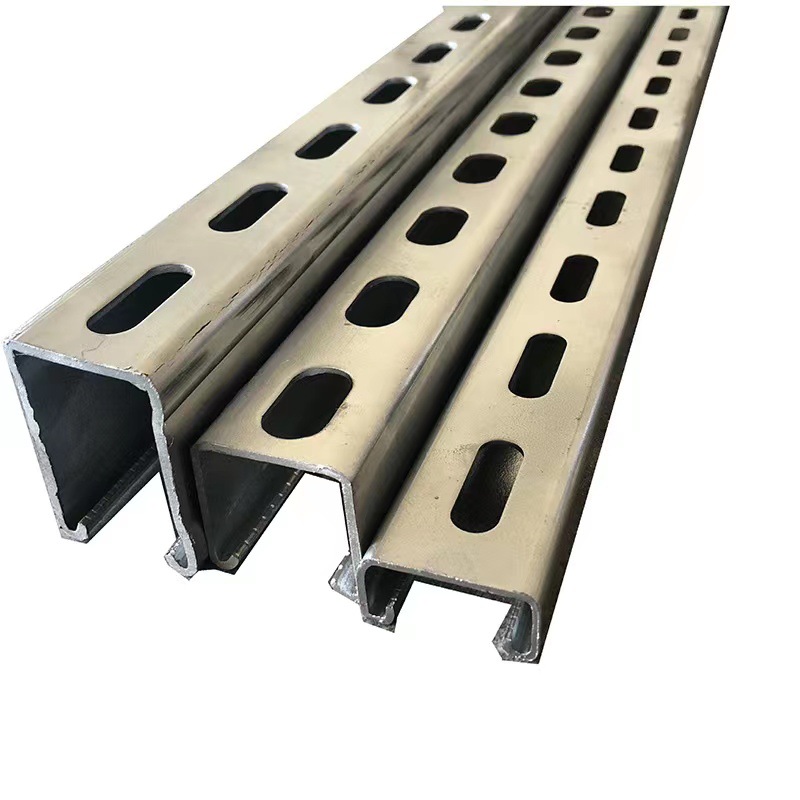

8mm Nut Flange for Secure Fastening Solutions in Mechanical Applications
Oct . 11, 2024 12:45 Back to list
8mm Nut Flange for Secure Fastening Solutions in Mechanical Applications
Understanding Nut Flange 8mm Essential Insights and Applications
The nut flange, particularly the 8mm variant, is a pivotal component in various mechanical and structural applications. Understanding its design, functionality, and various uses can offer significant benefits to engineers, manufacturers, and DIY enthusiasts alike. This article delves into the significance of the nut flange, outlines its specifications, and explores its applications in different industries.
What is a Nut Flange?
A nut flange, commonly referred to as a flange nut, is a type of fastener characterized by a wide, flat base that adds stability and a larger bearing surface compared to standard nuts. The flanged design helps distribute the load more evenly when the nut is tightened, reducing the risk of damage to the connected components. The specific measurement of 8mm indicates the size of the hexagon or the diameter of the hole in the center, which fits onto corresponding bolts or screws.
Design and Specifications
The typical design of an 8mm nut flange includes a central hole of 8mm diameter that fits snugly onto a bolt. The flange surrounding this hole can vary in diameter and thickness, but it is generally larger than that of a standard nut. This flange provides additional surface area, which makes it ideal for applications requiring enhanced grip and stability.
These flanged nuts are usually made from different materials, including stainless steel, carbon steel, and plastic, depending on their intended application. Stainless steel flanged nuts are favored for their resistance to corrosion, making them suitable for outdoor or marine environments. On the other hand, plastic versions can offer electrical insulation for uses in sensitive electronic applications.
Applications of Nut Flange 8mm
The versatility of the 8mm nut flange extends to multiple industrial applications
1. Automotive Industry Flange nuts are commonly used in automotive assembly, where they secure parts like wheel assemblies, suspension systems, and engine components. The increased stability offered by the flange design is crucial in applications where safety and reliability are paramount.
nut flange 8mm

2. Construction In construction, 8mm nut flanges are employed to join structural components where a secure fit is essential to maintain integrity under load. The ability to withstand vibration and shifting forces makes them ideal for steel frameworks and heavy machinery.
3. Electronics The insulating properties of certain nut flange materials make them suitable for electronic assembly. They can help prevent short circuits by providing a non-conductive barrier in areas where metal components may otherwise touch.
4. Furniture Assembly Many flat-pack furniture designs incorporate flanged nuts to allow for simple assembly and disassembly. The wider base of the nut provides a stable anchor point, ensuring that furniture remains sturdy during use.
5. Bicycle Manufacturing The cycling industry also utilizes 8mm nut flanges to secure components such as brakes and frames. The design supports the structural integrity and performance required for safe riding experiences.
Advantages of Using Nut Flange 8mm
The primary benefits of using nut flange components include
- Load Distribution The wide flange base reduces the likelihood of damage to surfaces and aids in even load distribution. - Ease of Installation Flanged nuts can often be installed without the need for additional washers, simplifying the assembly process. - Vibration Resistance The broader surface area helps keep the nut in place, thus minimizing the chances of loosening under vibration.
Conclusion
The 8mm nut flange is more than just a simple fastener; it is an essential component that enhances stability, load distribution, and ease of use in many applications. Its versatility across industries—from automotive to construction and beyond—demonstrates its importance in modern engineering and manufacturing processes.
As technology continues to advance, the materials and designs of nut flanges may evolve, but their fundamental role in creating safe and reliable connections will remain crucial. Understanding the properties and applications of the 8mm nut flange can empower users and manufacturers to make informed decisions, ultimately ensuring the success of their projects and products. Whether you are an engineer, a manufacturer, or a DIY enthusiast, appreciating the significance of nut flanges will enhance your approach to design and assembly in your respective fields.
Latest news
-
High-Strength Hot Dip Galvanized Bolts - Hebei Longze | Corrosion Resistance, Customization
NewsJul.30,2025
-
Hot Dip Galvanized Bolts-Hebei Longze|Corrosion Resistance&High Strength
NewsJul.30,2025
-
High-Strength Hot-Dip Galvanized Bolts-Hebei Longze|Corrosion Resistance&High Strength
NewsJul.30,2025
-
Hot Dip Galvanized Bolts-Hebei Longze|Corrosion Resistance&High Strength
NewsJul.30,2025
-
Hot Dip Galvanized Bolts - Hebei Longze | Corrosion Resistance, High Strength
NewsJul.30,2025
-
High-Strength Hot Dip Galvanized Bolts-Hebei Longze|Corrosion Resistance, Grade 8.8
NewsJul.30,2025

